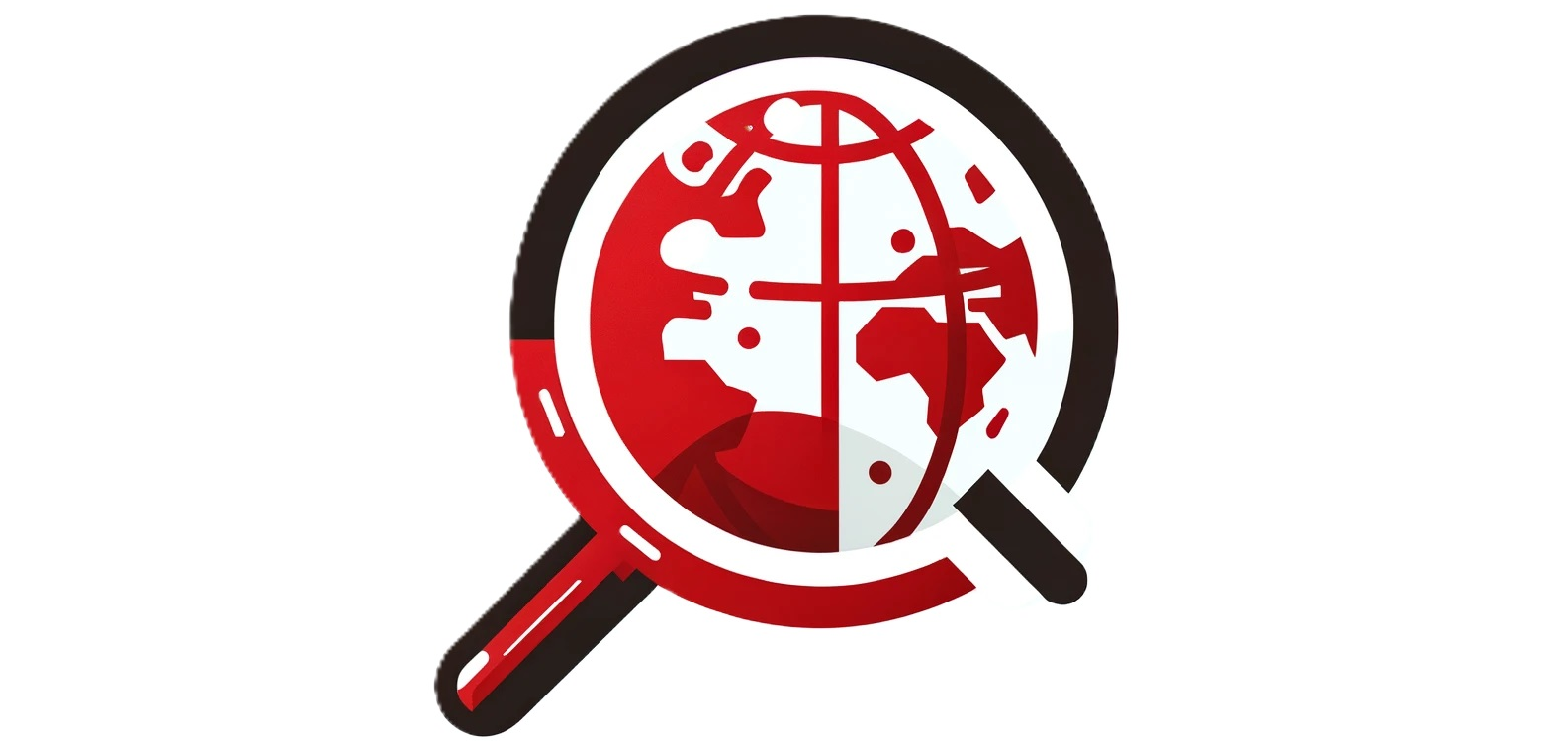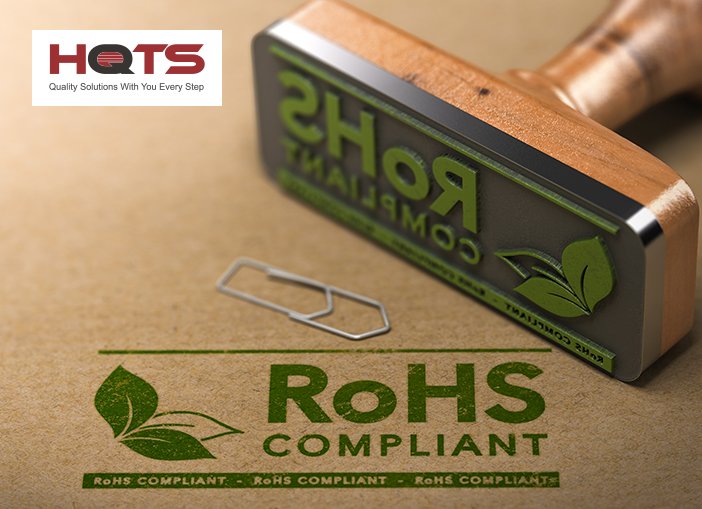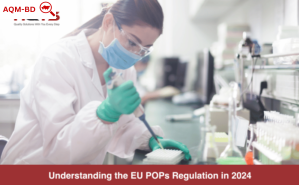RoHS is an European Union (EU) directive that has affected the global electronics industry. All manufacturers, authorized representatives, importers and distributors of electrical and electronic equipment aiming to import goods into the EU must comply with this regulation.
On July 22, 2019, the Directive 2015/863, also known as, RoHS 3 directive went into effect putting restrictions on four additional substances for all electronic equipment. In this article, you’ll learn key points about the RoHS and how to comply with it.
What Is RoHS 3?
RoHS stands for Restriction of Hazardous Substances in Electrical and Electronic Equipment and it is the EU RoHS 3 Directive that restricts the use of hazardous substances in electrical and electronic products (EEE products). RoHS affects any company importing goods containing electrical components into the European Union.
Products compliant with the RoHS 3 directive do not exceed the allowable amounts of the following restricted materials: lead, mercury, cadmium, hexavalent chromium, polybrominated biphenyls (PBB) and polybrominated diphenyl ethers (PBDE), as well as four phthalates of Bis(2-ethylhexyl) Phthalate (DEHP), Benzyl Butyl Phthalate (BPP), Dibutyl Phthalate (DBP) and Diisobutyl Phthalate (DIBP), with some limited exemptions.
Nearly all products containing an electronic or electrical component, and sold in the EU, must comply with these restrictions. Now if you want to get an in-depth overview of the RoHs Directive, then we recommend you to watch our complete guide of RoHS and Future webinar video below.
What Is the Purpose of RoHs?
RoHS regulation is legislated by the EU to reduce the negative environmental effect and health impact of electronics and its waste. It is one of the most important directives for the electronics industry because it helps protect workers from exposure to dangerous chemicals in their workplace and promote recyclability of EEE through its Waste from Electrical and Electronic Equipment (WEEE) directive.
The legislation’s primary purpose is to make electronics manufacturing safer at every stage of an electronic device’s life cycle by reducing the usage of hazardous substances.
What Does RoHS Mean for The Electronics Industry?
RoHS applies to all manufacturers, authorised representatives, importers and distributors of electronics and electronic equipment in any restricted product category.
All parties involved in the supply chain of electronics and electronic equipment have a responsibility to ensure that their products comply with all requirements set out in the EU RoHS directive regulations. They should not only ensure the compliance of finished products, but also component parts which may be ordered and inventoried during the manufacturing process.
What Is RoHS 3 or Directive 2015/863?
RoHS 3, or Directive 2015/863, came into effect on the 22nd of July 2019. The new directive added four new types of phthalates to the list of prohibited substances, bringing it from six to ten. Under the new guidelines, mandatory testing is now required for 10 substances.
What Is New In RoHS 3? (RoHS 2 vs RoHS 3)
The original Directive (Directive 2002/95/EC) originated in the EU in 2002 to restrict six hazardous materials found in electrical products. It went into law on July 1, 2006.
The EU RoHS Directive (2011/65/EU), known as RoHS 2, has been in force since 2011. This directive also established the CE-marking directive, with RoHS compliance now required for CE marks on products. It also added Categories 8 and 9 for medical devices, monitoring, and control instruments providing for additional compliance requirements.
Finally, Directive 2015/863, known as RoHS 3, went into effect from July 22, 2019 and added four additional restricted substances for all electrical and electronic equipment. These substances are all phthalates, and mainly used as insulation plasticizers.
What Does RoHS Compliance Mean?
Being RoHS compliant means that your product has been tested for the ten prohibited substances by an independent authority, like us at AQM BD, and that you have a proof of test that confirms the levels are below the threshold.
What Are The Restricted Substances in RoHS 3?
The latest version of the RoHS directive has increased the number of substances restricted to 10. These are:
What Are The RoHS Product Categories?
The following categories of products require RoHS testing before they can be sold in the EU market:
- Automatic dispensers
- Consumer equipment
- Electrical and electronic tools
- IT and telecommunications equipment
- Large household appliances
- Lighting equipment
- Medical devices
- Monitoring devices
- Small household appliances
- Toys, leisure and sport equipment
- All other electronic devices
Category 11 includes all other electrical and electronic equipment that are not covered in another category as well as “open scope of application.” This applies to all equipment that meets the definitions of “electrical and electronic equipment”.
RoHS Exemptions List
The European Commission had published a number of exemptions , including exemptions on the use of Lead, Cadmium, Mercury, Polybrominated biphenyls, Polybrominated diphenyl ethers and Hexavalent chromium for specific purposes.
The restriction of these substances does not apply to toys which are already subject to other restrictions. For example, for toys that fall under the scope of RoHS, restrictions under the REACH take precedence. Oftentimes RoHS and REACH can be confused, but there are key differences amongst them – from which you can learn more about in our RoHS vs REACH article.
What Is a CE RoHS marking?
The RoHS regulations require that all new EEE placed on the EU market must carry the CE mark. This is part of the self-certification process and is designed to be a visible demonstration of conformity.
The CE RoHS mark indicates compliance not only with RoHS but with all EU legislation. By affixing the CE mark, you take full responsibility for compliance with all EU regulations that apply to your product. To apply the CE mark, you are legally declaring your product is in full compliance with RoHS regulations and that you have the documentation to prove it.
What Is Waste of Electrical and Electronic Equipment (WEEE)?
WEEE stands for Waste from Electrical and Electronic Equipment. RoHS regulates the hazardous substances used in the manufacture of EEE. Meanwhile, the WEEE regulates the disposal of the same electronics. All applicable products for the EU market must pass WEEE compliance and carry the “Wheelie Bin” mark.
How to Get Certified for Rohs 3 Compliance?
Organizations can prove their RoHS compliance with a Declaration of Conformity (DoC). This isa self-declaration that the organisation meets all of the RoHS requirements. By claiming the declaration, you assume all responsibility for compliance with the regulations.. The DoC must include identifying information about you and the product, and must be signed by you or by one of your responsible employees.
Aside from that, there are third-party companies that can be hired to conduct tests for your company’s products to ensure compliance with regulations.
What Is RoHS Compliance Testing?
RoHS compliance testing is a standard procedure for most manufacturers, sellers and distributors that want to export or sell their electrical or electronic component equipment to the EU. The test will be conducted in a laboratory and your product will be tested to verify levels of the ten restricted hazardous chemicals.
For this purpose, companies typically hire third-party testing services. The testing results are fully documented in a certified test report so that you can demonstrate that your product is compliant with the RoHS directive. You can download one example of a RoHS Test here.
REACH Candidate List to Include 233 New Substances in 2023
On January 17th, 2023, the European Chemicals Agency (ECHA) revealed the addition of nine hazardous substances to the REACH Substance List 2023 (REACH Candidate List of Substance of Very High Concern). These substances have been determined to threaten the well-being of humans and the environment. Click here to see the full candidate list.
Conclusion: A Complete Guidance For RoHS Compliance In the EU
Europe is leading the way in environmental protection and the European Union has been at the forefront of this effort. The RoHS (Restriction of Hazardous Substances) Directive restricts the use of hazardous substances in electrical or electronic component equipment. The directives have been updated multiple times, with RoHS 3 adding four phthalates – which makes the list of restricted substances 10.
Being compliant with this new directive is extremely important. And to ensure compliance, manufacturers, sellers, and distributors, companies typically hire third-party testing services from trusted companies like AQM BD for a thorough RoHS compliance test. Do you need help with your RoHS compliance test? Let our experts know today.






